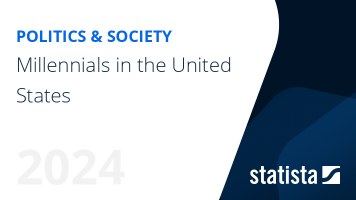Millennial travel in the U.S. - statistics & facts
With the rise of the internet has come a more globally aware generation which has resulted in Millennials placing more focus on travel than the generations before them. In 2018, travelers stated that they were willing to spend from around 3,650 to 4,560 U.S. dollars in the next 12-months on vacations. In addition, Millennials anticipated taking the largest number of international and domestic trips in the following 12-months when compared to Gen Xers and Baby Boomers. Their top travel motivators include experiencing new destinations and exploring off-the-beaten path areas. That being said, even while traveling off-the-beaten path, Millennial travelers like to stay connected to their online networks. In 2018, 77 percent of travelers stated that while on vacation they text messaged daily and 55 percent took and posted pictures on social media daily.
Spending on average around three to four hours online every day Millennials are moving away from more traditional holiday planning methods, such as print publications and travel agencies, in favor of online assistance. In 2018, online user-generated content (UGC) was the most common travel planning method of Millennials in the United States, with social media coming in second place. Additionally, other than friends and family, search engines and travel review sites were the top information sources used. Google was the most commonly visited website for travel information by both younger and older Millennials.
Not only are online technologies used for informative purposes, they are also being increasingly used to take part in the sharing economy. In recent times, platforms such as Airbnb and car/ride-sharing apps have become more and more popular. As of 2018, 48 percent of younger Millennials used shared accommodation while on vacation and over 50 percent of 18 to 29-year old’s used ride-hailing apps such as Uber or Lyft.






































